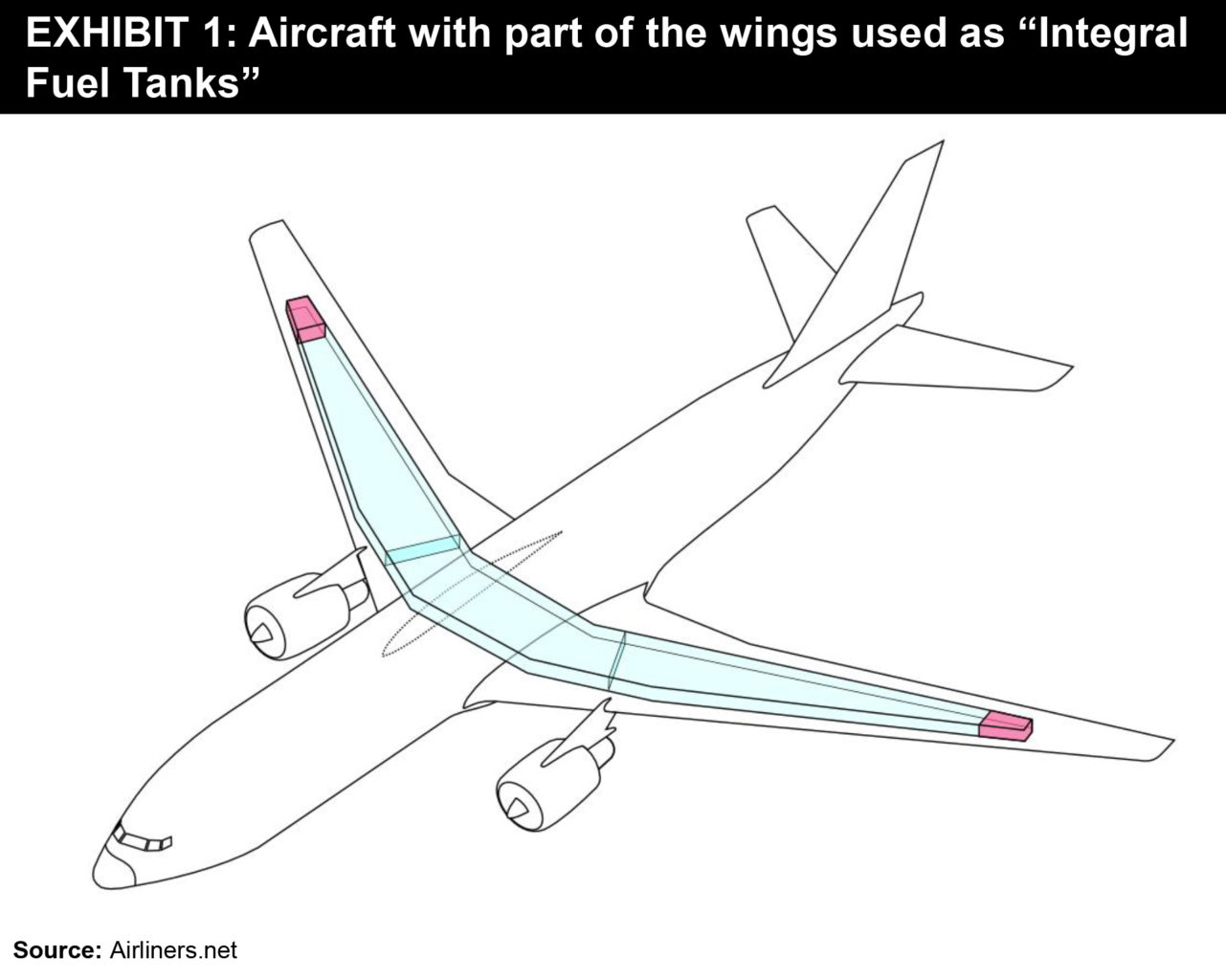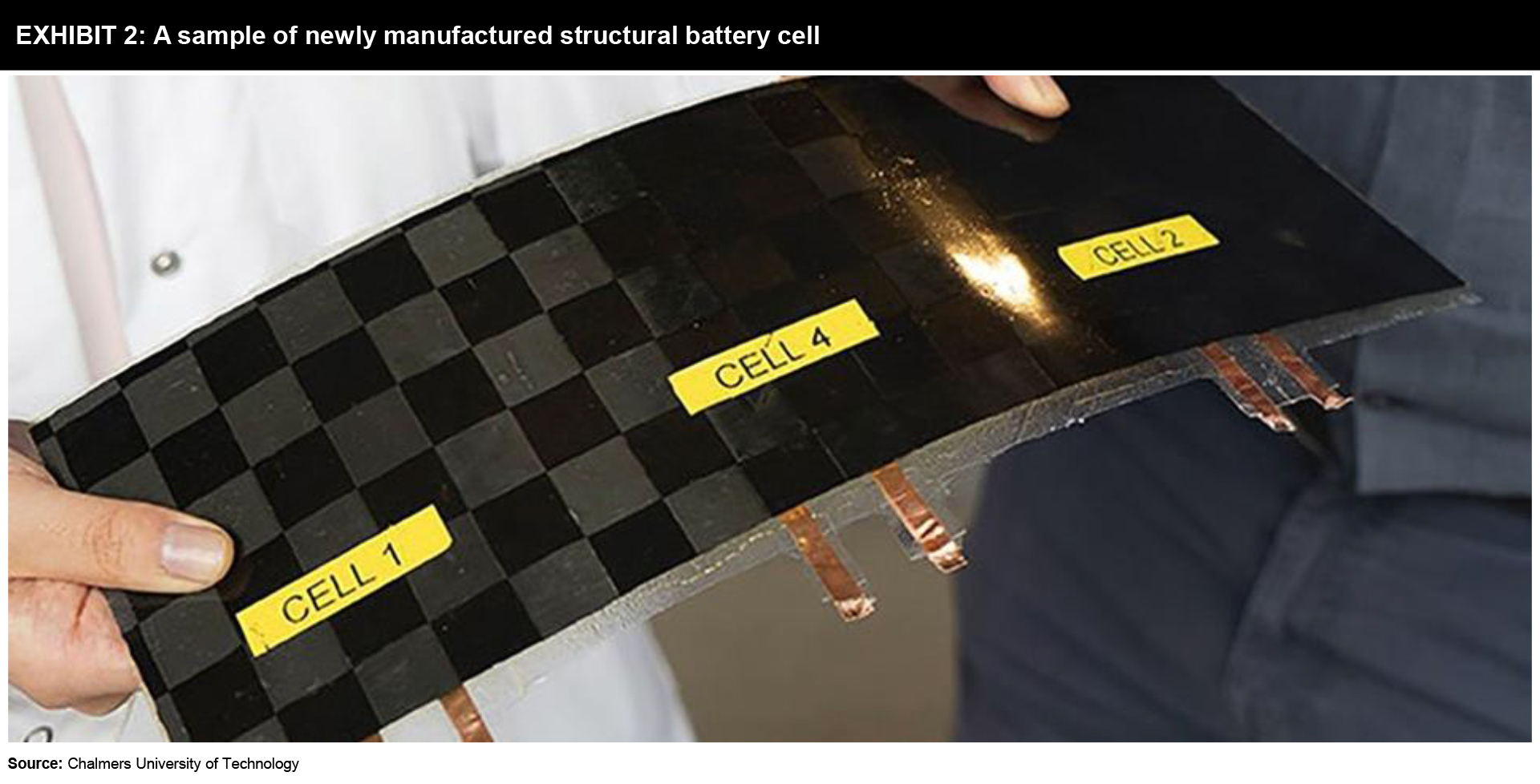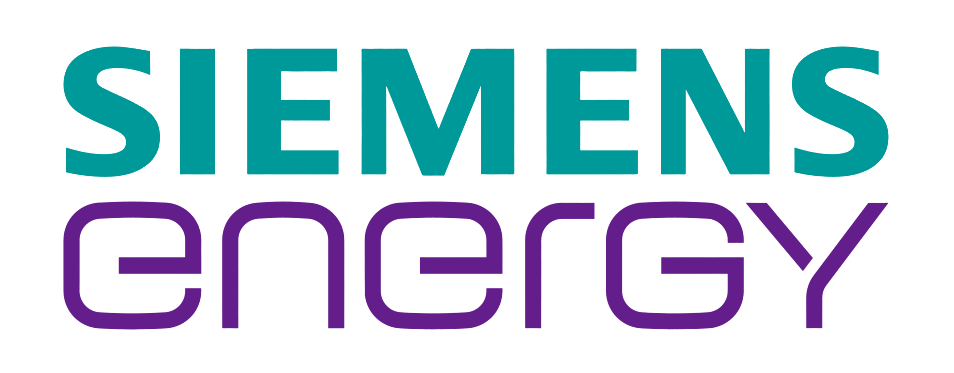Will Massless Energy Storage Revolutionize Future Battery Tech
Listen to this Article
mins | This voice is AI generated.
mins | This voice is AI generated.
The biggest obstacle in the widespread, mainstream adoption of electric vehicles is range. We see electric vehicles offering a range of 300 miles or less on the market, which is sufficient for daily driving, but will not be enough to put range anxiety to rest. Due to the battery packs’ high weight, the right balance needs to be found by the EV makers. Less weight of an electric vehicle means less power required to move the car, resulting in less overall range of the vehicle. We add more batteries to get a higher range, and the result is a significant increase in the weight and amount of energy required to propel a vehicle.
An interesting perspective here is – what if we could take a large part of that weight entirely out of the equation? Let us imagine a car with no battery pack, and instead, a car’s structure is the pack to store energy?
This is precisely where “Massless” energy storage as a concept comes into the picture. A recent breakthrough by researchers in this direction could prove to be a dramatic shift in how we store energy today in phones, planes, cars…and many other battery-powered devices of the future.
This concept has been widely used in aerospace applications, in which weight is a major driving factor. For example, on passenger planes, fuel tanks are integrated into the aircraft wings. Despite having tanks inside the aircraft’s body, the wing tanks are primarily used for fuel storage.
It’s an approach that has provided several benefits –

Exhibit 1 below shows, especially in transport and high-performance aircraft, part of the wings or fuselage structure sealed with a fuel-resistant two-part sealant to form a fuel tank.
Today’s electric vehicles’ batteries constitute a significant part of the vehicles’ weight without fulfilling any load-bearing function. On the other hand, a “Structural Battery” can work both as a power source and as part of the structure, for example, in a vehicle body.
Structural batteries are referred to as ‘Massless’ energy storage since, in essence, the battery’s weight significantly reduces when it becomes part of the load-bearing structure. Research too has proved that this type of multifunctional battery could considerably reduce the weight of an electric vehicle.
The battery cells add significant weight to electric vehicles and require a unique pack structure and protection from impacts. However, as we see today, in most cases, they aren’t used for any load-bearing function in the overall structure.
In a recent significant development during Tesla’s Battery Day event last year, they unveiled a new 4680 battery cell and a new battery architecture built around the new cell. This was an indication of their future strategy to move into a “Structural Battery” application.
Researchers from the Chalmers University of Technology have designed a structural battery that performs ten times better than its peers. A structural battery contains carbon fiber that serves simultaneously as a conductor, an electrode, and a load-bearing material. Chalmers university’s latest research breakthrough paves the way for essentially “Massless’ energy storage in electric vehicles and other battery-powered applications.
The structural battery uses a lithium iron phosphate-coated aluminum foil as the positive electrode and carbon fiber as a negative electrode. The carbon fiber also acts as a host for lithium and hence stores the energy. Because the carbon fiber can also conduct electrons, the need for an additional silver and copper conductor is not required – resulting in significant weight reduction. Both aluminum foil and carbon fiber contribute to the overall mechanical properties. Fiberglass fabric in a structural electrolyte matrix separates the two electrode materials. The electrolyte medium transports the lithium ions between the battery’s two electrodes and transfers mechanical loads between carbon fibers and the remaining parts of the structural battery.
Exhibit 2 below shows a newly manufactured structural battery cell in Chalmers’ composite lab
The development pertinent to the structural battery has leaped forward, with researchers from Chalmers University, in partnership with the KTH Royal Institute, developing a structural battery with properties that far exceed anything seen today in terms of electrical energy storage, strength, and stiffness. The structural batteries’ multifunctional performance characteristics are ten times higher than the earlier structural batteries.
The structural battery has an energy density of 24 Wh/kg, implying approximately 20% capacity compared to today’s comparable lithium-ion batteries. However, because the weight of the vehicles can be significantly reduced, less energy shall be needed to drive an electric vehicle, for example, and lower energy density also results in increased safety in case of a fire hazard. In addition, with a stiffness of 25 GPa, the structural battery can compete with many other commonly used construction materials.
As we mentioned earlier, at Tesla’s Battery Day event last year, they unveiled a new 4680 battery cell and a new battery architecture built around the new cell. A “structural battery.”
Last year, Tesla brought this approach to electric vehicles. Tesla decided to develop a battery pack that acts as a vehicle’s body structure, linking the rear and front underbody parts. There is no separate battery pack in this approach since the car’s bottom side is the pack.
Presently, Tesla has been building battery packs by combining cells into modules and modules into a battery pack. Then later, the battery pack is installed into the base of the vehicle platform.
However, in their new concept, Tesla is not using modules. Tesla has built an entire battery pack as the structural platform of the vehicle, with the battery cells combined into the sandwich and helping to attach the platform as one big unit. The newly designed concept reduces the number of parts and the overall mass of the battery pack so that less energy is required by the EVs, increasing the range of its vehicles. Tesla believes that the structural battery can reduce overall vehicle weight by 10% and increases the range by 14%.
Swedish National Space Agency has financed a new project, where the performance of the structural battery will be increased further. The idea is to replace aluminum foil with carbon fiber as a load-bearing material in the positive electrode to increase energy density and stiffness.
On the other hand, the fiberglass separator will be replaced with an ultra-thin variant, which will give a much more significant effect and faster-charging cycles. Within two years, the new project is expected to be completed.
Leif Asp, professor at the Industrial and materials sciences department at Chalmers University, also estimates that such a battery could reach a stiffness of 75 GPa and energy density of 75 Wh/kg. It will make the battery about as strong as aluminum but with a comparatively significantly lower weight.
According to him, the next generation structural battery has a big future. In a few years, we may manufacture laptops, smartphones, or electric bikes that weigh half the weight and are much more compact. It is pragmatic that electric vehicles, aircraft, and satellites will be designed with and powered by structural batteries in the longer term.
Here is a technology with huge potential. Keep an eye!
References
Share your focus area or question to engage with our Analysts through the Business Objectives service.
Submit My Business ObjectiveOur long-standing clients include some of the worlds leading brands and forward-thinking corporations.




























